Improving Soils As Nature Does It
Improving Soils As Nature Does It
Learn From Mother Nature: Amend From Top Down
Back in the day when I started gardening, I was told that when putting any plant in the garden I should improve the soil in the planting hole with lots of peat moss and manure. So whenever I planted a perennial, shrub or tree, I amended the dirt that was put around the roots with a good amount of organic material. That was the accepted practice years ago, but now we know that it’s the worst way to plant.
Not only did university research show us that amending planting holes with large amounts of peat or manure made for weaker root systems in the future, but all we need to do for guidance is to look at how nature grows plants. How do all the hundreds of plants in our wooded area grow in what is often pure sand? No one has added peat or compost into holes to get those plants started. Nature is amending the soil on an ongoing basis, but it’s being done from the top down.
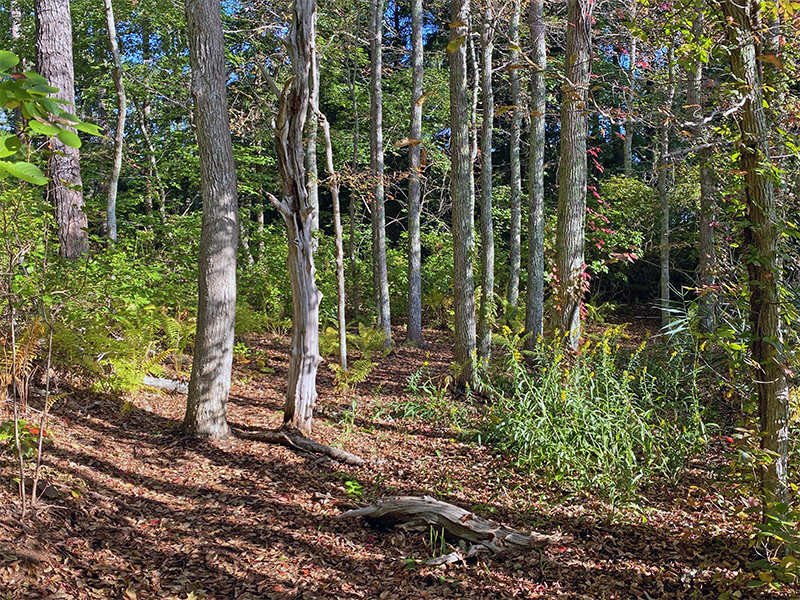
In 1982 I planted several trees in my yard in the mid-Hudson valley. Just as many people on Cape Cod think that they have “bad soil” because it’s so sandy, we thought we had poor growing conditions because it was all rock and clay. So we dug deep, wide holes when we planted trees, and amended them with peat and composted manure. Years later I went back to that yard and took photos. You could clearly see one reason that such amendments were harmful: all of that organic matter mixed into the soil decomposed, and the entire areas around those trees sank over time. The trees were now growing in depressions. Fortunately, the tree pictured below was planted on a hill, so the water that collected there could drain out…otherwise the plant would be dead today.
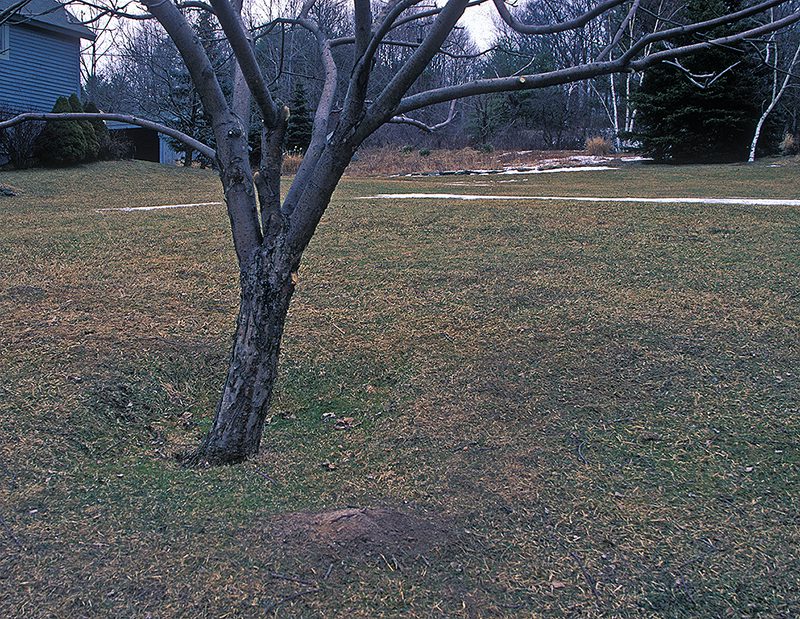
If we have wooded areas on our property, we can leave the soil amendments to Mother Nature, and let the leaves and small branches improve the soil over time. But what about the areas in your yard where you want a more tidy appearance? And how do you get your plants off to a good start when you first put them into the ground? Here are the ways you can emulate nature and grow strong, healthy plants.
1. When you put a new plant in the ground, dig a wide hole that’s a bowl shape, but fill that in with native soil, even if it’s pure sand. Then spread compost or composted manure over the entire area, and top with an inch or so of organic mulch. See this handout for details.
2. Amend your gardens regularly with organic mulches, or compost spread an inch thick over entire beds. If you have leaves from nearby trees, chop them with a lawn mower and use those as mulch.
3. There are many bagged composts and enriched mulches that you can use to improve soils. If you haven’t top-dressed your gardens recently, start with an inch of compost or Bumper Crop, and top that with an inch or two of the mulch of your choice.

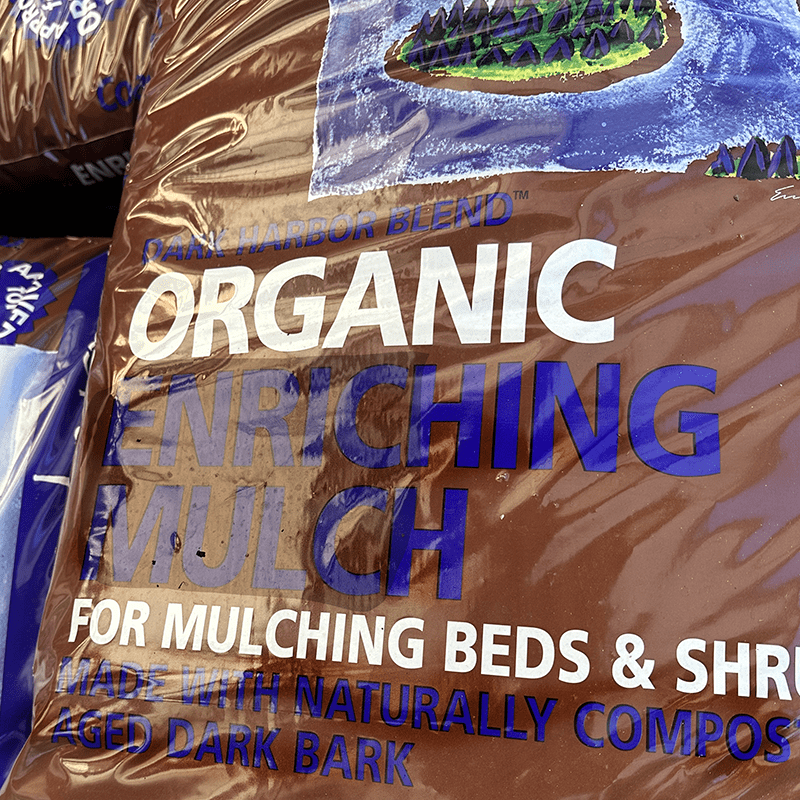
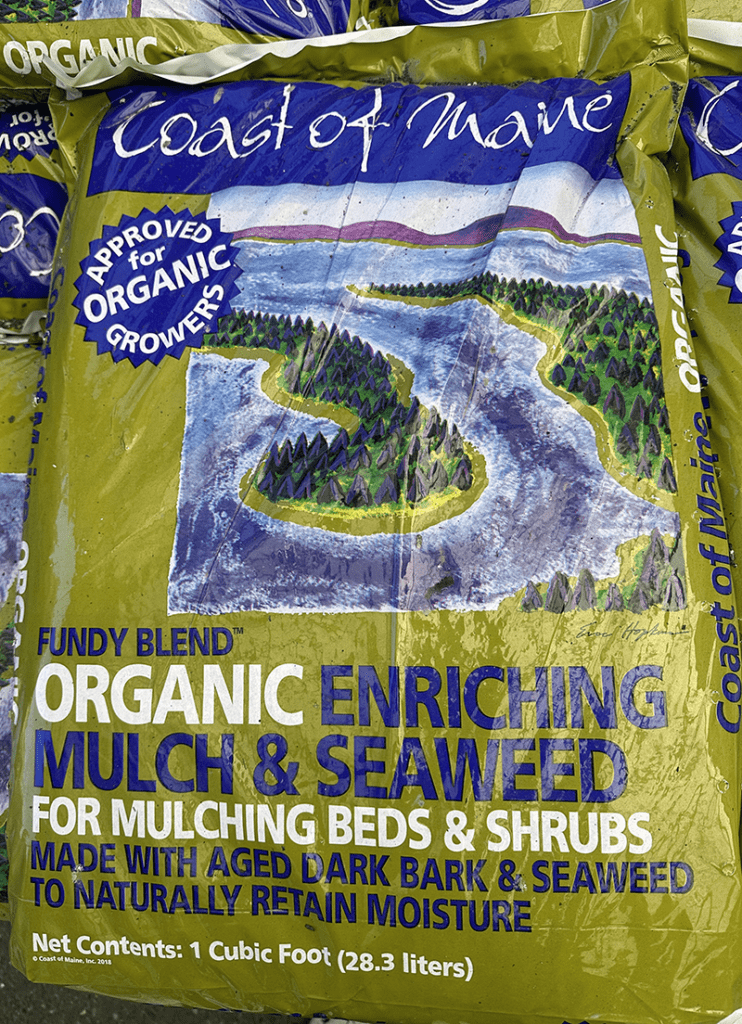
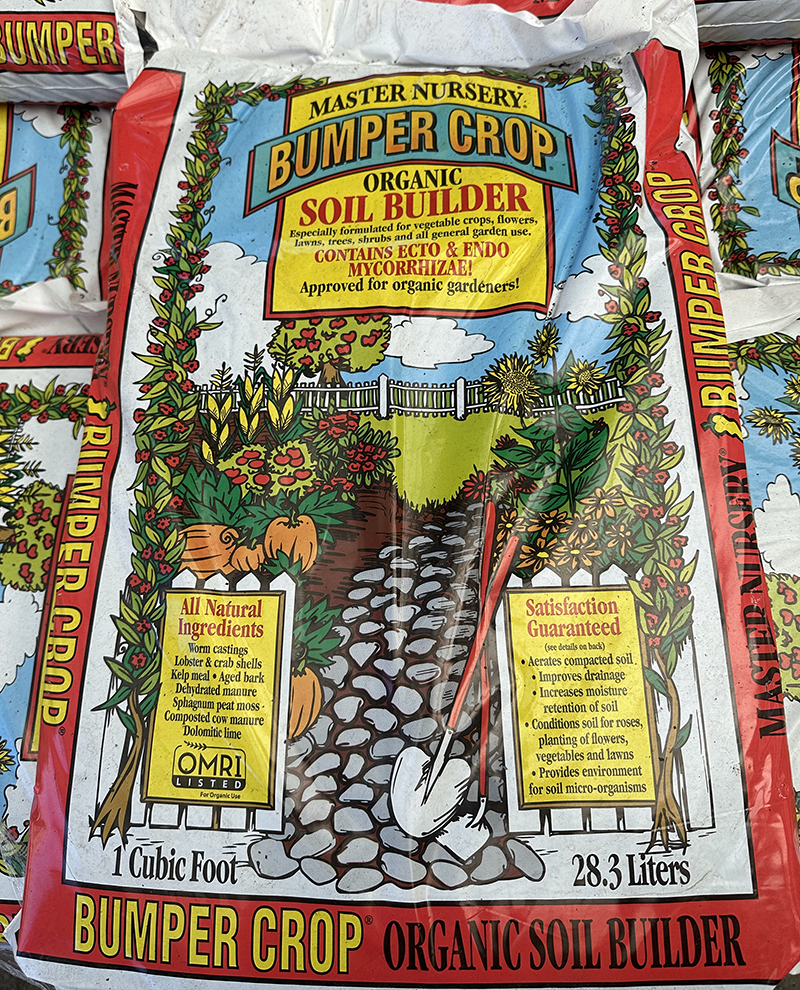
4. There is no wrong time to spread organic soil amendments, whether you’re adding compost to the top of your lawn, improving soil in your perennial beds, or top-dressing around shrubs and trees. It does make sense to spread composts before you add mulch, however. If you plan to mulch beds this spring, think about applying a layer of compost first.
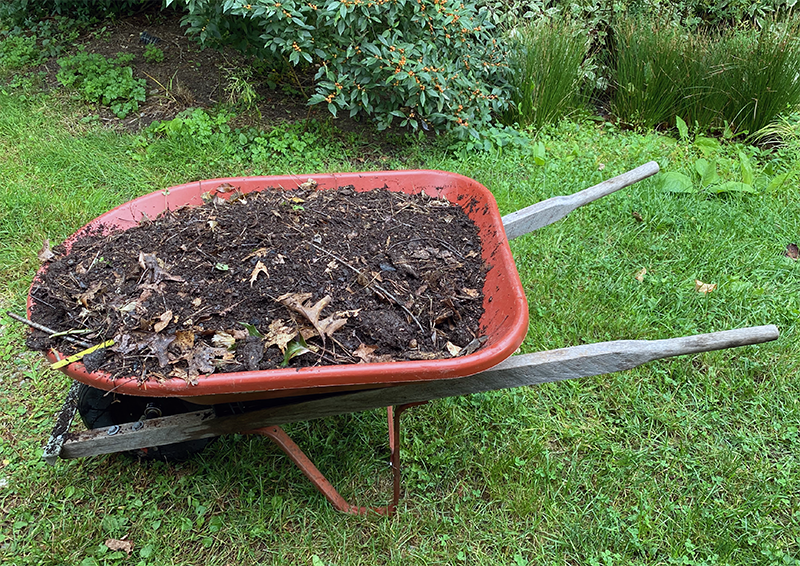
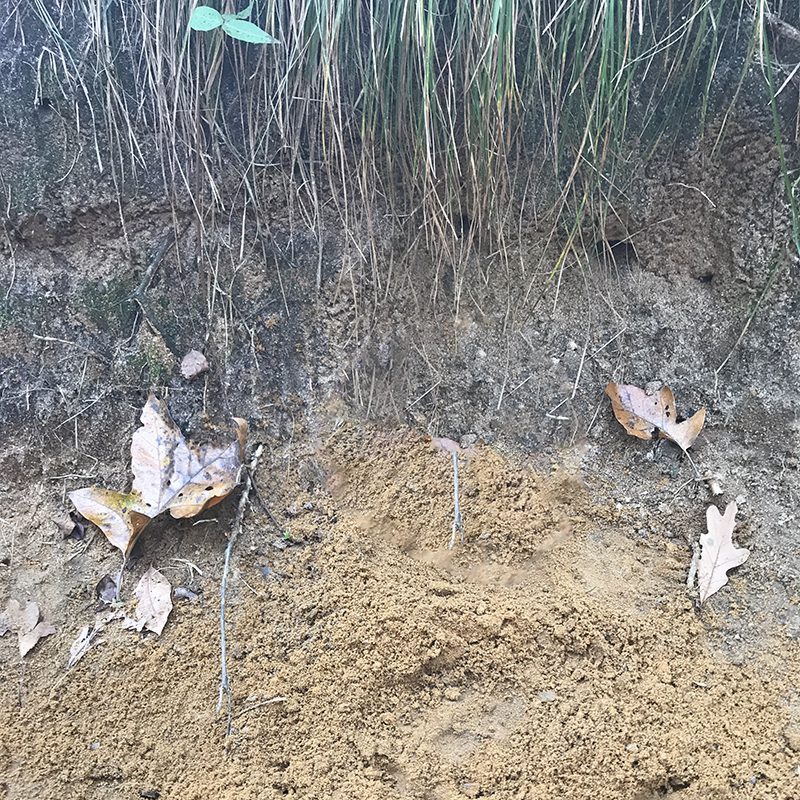
5. Remember that keeping soil healthy and rich is an ongoing process. Because organic matter decomposes over time, it needs to be replaced on the surface of the ground every year. You an do this with annual applications of an organic mulch, or with a combination of composts and mulches. These annual top-dressings of beds feeds your plants in the way that nature does it…with slow-release nutrients, and the support the microbial life in the soil that helps plants to grow.
3 Comments
Leave a Comment
Subscribe To Our Newsletter
Sign up for our weekly email about sales and events.

Good to know. I have covered my flower beds with leaves before cold winter weather arrives. Each spring I check frequently to see if the perennials have started to pop up
If not, the cover is teturned and checked until 1/2 “greening” begins. I will ammend garden soil with more knowledge.
More knowledge means more flowers.
Last fall, I collected a bunch of chopped leaves.
I also have access to tea and coffee grounds, old fruit and veggie peels, etc.
I dug it into my ground and two raised beds.
Now I have thousands of worms.
I plan on using my aquarium water to water my plants too.
Highly recommend it.